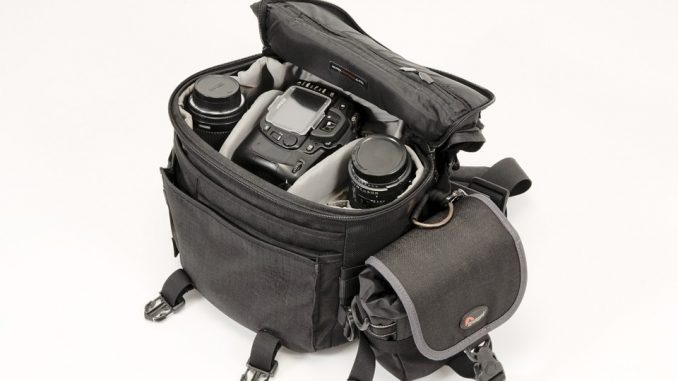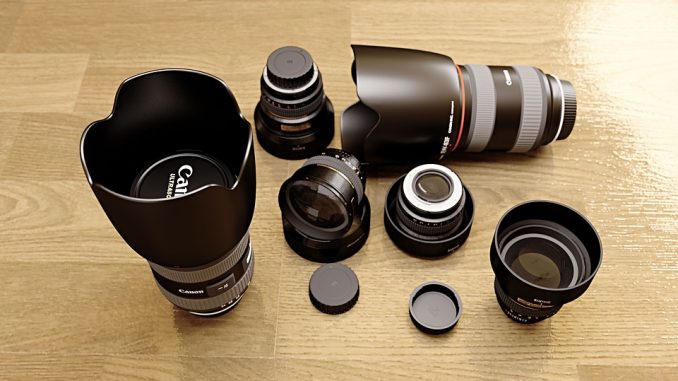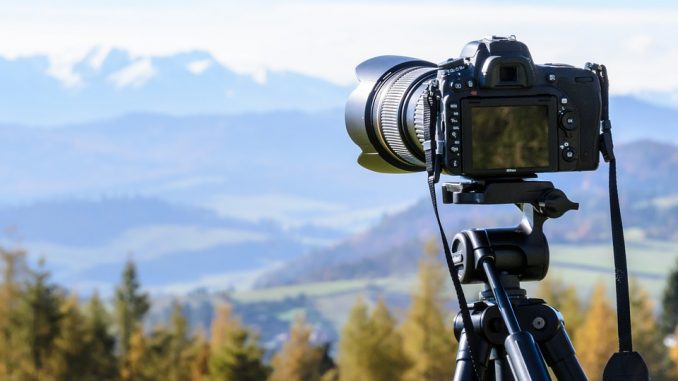Just what does it take to be a well-equipped photographer? Basically, you need a digital camera or camera and film. I can hear you saying, “I knew that,” but technically, that’s it.
If you ask fifty photographers what their idea of the perfect layout of equipment is, expect fifty different lists. Having taken photos for fun for over thirty-four years, I can tell you what works for me. I think most photographers agree on the basics. We’ll discuss only traditional photographic devices, since they remain the most prevalent and least expensive.
My preference in cameras has always run toward those that are good, solid, and rugged. I use my cameras. This means that I take them everywhere with me. They’re always in my car, and the temperature gets mighty hot down here in the South.
Personally, I’ve had no problem with keeping my cameras in the car. I have to balance this risk against the fact that I would have missed many excellent shots had I not had my camera along. I always secure it in a good camera bag to protect it against dust and dirt. You may want to go a step further and place your camera, cell phone, etc., in an insulated drink cooler.
The current wisdom is to buy the best camera that you can afford. The same advice would apply to lenses. My problem used to be that most of the time my funds were needed elsewhere. So, I bought good mid-range bodies–mostly Nikons, but most of the name brand makes are reliable. When I reached a point where I could afford it, I bought a second body as a back up.
Lenses
Next, you’ll need lenses to suit your purpose. I do a lot of nature photography–including wildlife and scenic landscape shots. To cover this range using the fewest lenses possible, I settled on a wide-angle zoom lens (from 28mm to 80mm).
Then, I chose a second zoom (from 75mm to 300mm) for additional versatility. Another excellent lens for wildlife is a 400mm, but I’ve found that my other two zooms have been adequate for ninety-five percent of the shots I’ve needed to make. I also carry a preset 500mm-mirror lens for those rare times when I need to reach way out there to “touch” something.
If you’re into portrait photography, then a lens in the mid-range, such as 80mm to 135mm, would be a good bet. I’m sure there are some good tele-extenders out there, although I personally have never found one. If you’re going to buy one of these, don’t settle for a cheap one. It’ll degrade your final image. None of my lenses are considered to be expensive, but I can compensate to some extent by the use of a tripod.
Tripods
Choose a tripod that is easy to use and carry – or else you won’t use it!
For the maximum benefit, you should seek out a sturdy tripod that doesn’t wobble beneath the weight of your camera and largest lens. It should be as light as possible. If you buy a tripod big and strong enough to support a howitzer, then it’ll probably be so heavy that you’ll leave it home.
Make sure you feel good about the panning motion of the tripod. Place your camera on it and see how easy it is to loosen and swivel. Check all of the adjustments. You want one that is easy to use, or you won’t use it! Again, as with lenses, buy the best that you can afford.
Filters and Lens Shades
I don’t buy filters to place over my lenses to protect them. My belief: I think they degrade the image. The fewer obstructions between the the subject and the lens, the better, in my book. I generally don’t care for filters of most kinds, anyhow. They take time, and if you get hung up on products, you lose time on photography.
If there were one filter that I would recommend, it would be a polarizing filter. They can be useful and can enhance the light. I believe filters of various types serve black-and-white photography much better than they do color photography. A lens shade can be helpful, as well, so you may want to find one that suits you. I’ve owned both metal and rubber ones. Both work well.
Notebooks
I don’t carry a book to write down my settings in specific shots. I find it too distracting and time consuming. If you experiment with many different films over time and settle on about two of them to use almost exclusively, you’ll soon learn their characteristics without having to consult notes. To me, unless you’re in a controlled lighting situation, you’ll never be able to determine from a notebook whether you’re in the same situation or not.
I know that I’ll probably get static from some photographers due to my stand on notebooks, but I’m firmly against anything that distracts me from the job at hand. The more time I spend fiddling with equipment and notes, the less time I have for setting up and taking the photo. It’s as simple as that.
Camera Jacket
Camera jackets are easier to use than a bag.
One last detail that can add to your enjoyment in the field is a camera jacket. They’re much easier to use than a bag you have to lug along. Many pockets can be utilized for film–one for unused and the other for used–one or two for spare lenses, filters, batteries, and various gadgets you find you must have.
Wearing your “camera case” (i.e. jacket) is much easier than trying to carry it–along with your camera and tripod. Sometimes a tripod can be attached to the jacket making it even more useful.
Final Thoughts
My theory of equipment is not to allow it to get in the way of the photograph. Anything that would interfere with your getting the shot of a lifetime isn’t worth the time, trouble, or expense.
I’ve seen too many photographers who get so tied up in their equipment that they wouldn’t know a good photo if it slapped them in the face. Learn your equipment at home, and use it in the field. What’s right for you is a personal matter. Go gettum!
by Willis T. Bird




Leave a Reply